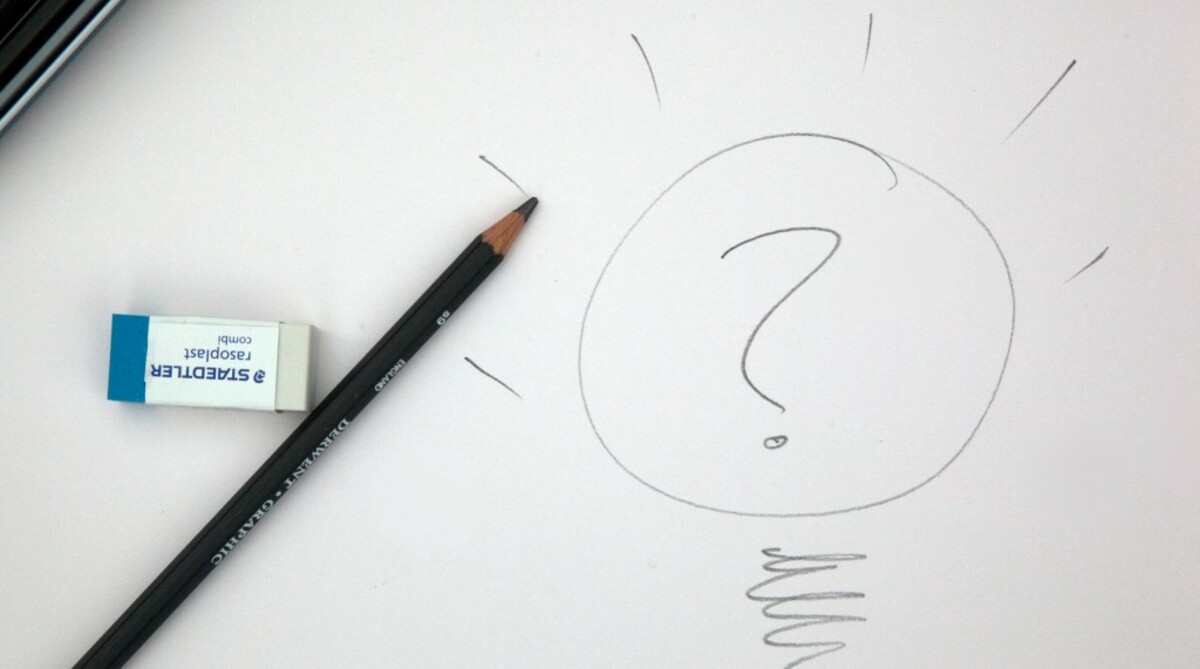Every day, people see hundreds – if not thousands – of ads. The result can lead to ad fatigue, which takes place when audiences become so familiar with advertisements that they become easily bored and disinterested. The advertiser and advertising brand have therefore lost that consumer – and that can lead to impacts on sales, as well as putting off potential new customers.
Keeping ad campaigns dynamic and engaging is the way to continuously appeal to consumers. Doing so requires a smart, adaptive marketing strategy. Being flexible is key; as the advertising sector continues to develop, marketers will have to stay nimble in order to respond to this ever-changing industry.
How to overcome ad fatigue in audiences
If you notice less engagement, lower click-through rates but higher costs per click, and fewer impressions on your ads, your audience may be experiencing ad fatigue. But don’t stress – there are ways to make your marketing work for you, including changing up your creative design, improving your copy, and playing around with your audience segmentation.
Get creative with your content
This is the first step to fighting ad fatigue. If your audience has seen the same advert multiple times, they’ll tune out.
Refresh your copywriting. Keep it snappy and focus on the customer. You can also A/B test different sentence types to see what generates the most click-throughs – consider putting in emojis and using question marks. Base your decision on the data generated and run from there.
Change up the visual design of your ads. Mix up the colour of your CTA buttons or background and experiment with different CTAs to be more attention-grabbing and responsive to your audience’s needs. Try out different ad formats – why not try out a video or carousel ad if your audience has become tired of text-heavy ads?
Adjust your segmentation and target new audiences

If your audience is being constantly bombarded with the same ad, they’re going to quickly become oversaturated. Use the data you have on your audience in order to ensure that you’re not targeting the same segment of people consistently with the same ad. Mix it up according to age or location – use what your data tells you in order to customise ads according to different segments of your audience.
Remember to exclude audiences who have already seen your ad a few times (twice is probably a good average). If you’ve converted a group of consumers, for example, consider excluding them from particular ads. It will save you from spending on them, and ensure that they don’t become fatigued by overexposure to the same content.
Rotate your ads and keep to a relevant schedule
There’s no point sending out ads that are mistimed – whether it’s at the wrong time of day, month, or year. Plan a marketing schedule and stick to it, as this will streamline your campaign and should lead to improved engagement.
Rotate your successful ads, too. Create multiple versions of the same ad and switch them up. You’re essentially repurposing ads you’ve already made, but changing key details (such as a changed CTA or colour background). This is a great way to overcome ad fatigue that requires minimal time.

